|
The past two weekends I attended a course on learning how to make Hasamigiku (はさみ菊)a nerikiri chrysanthemum made with scissors. Although I have taken couple of classes to learn this art. I never quite got the hang of it, and I never had the time to practice. So I finally decided to take it more seriously and took an online course from Wagashi Kobo Mochiko in Fukuoka which I found on Instagram. The instructor who is a wagashi artisan looked very young in contrast to her works of a master. Because she never showed her face until the end of the class I thought she may be older than me, actually she looked as if she was in her twenties. Nonetheless, she was amazing! I think her class was the best class for cooking class that I have taken so far. I would strongly recommend those who are eager to learn this art, if you speak Japanese, can hire an interpreter. The class focused more on practice rather than demonstration, but a video was provided that we can see her in action later on. She would check one by one and tell us where we are doing wrong, and why it's wrong, and give advice on how to improve. The class started with making the nerikiri dough which is suitable for making the hasamigiku (another eye opener). and how to shape the dough that will be the base for the kiku. Then we would sit and listen to her lecture on the theory behind making the perfect hasamigiku. The last part of the first day would be to make one kiku while the instructor gives us advice. The second session started out with review of the theory and made more hasamigiku, one big and one medium size while she gave out more advices. After 8 hours of learning about Hasamigiku, I think I have learned a great deal and with more practice, I will be confident enough to hold my own classes and teach in her style. The front row is from the second class and the rear row is from the first class. My first hasamigiku in this class started from the far left so there is a huge difference if you watch closely.
0 Comments
It's hard to believe that another year has gone by so quickly. The renovation works at our apartment is almost finished and we will be going back this week. I will have to close my cooking class for relocation this week. I will be doing classes at my home in Meguro between 23 and 25 Dec. and then break for winter holiday from the 26th. I will resume classes on the 9th of January.
We are all looking forward to going back home and I can't wait to do classed in my new kitchen. For those of you who have come to my class, thank you so much for your support. For those of you who are interested to come, I hope I can meet you soon! I wish everybody a Merry Christmas and a Happy New Year!!! Just a glimpse of my new kitchen that just arrived last week: Following last month's Nerikiri Basic Course, Another round was conducted this month with two participants. This course is great for those who would like to learn the basic techniques of Nerikiri Art. To learn more about this course together with other courses in my wagashi school, please check out this page. This week I will be holding a intensive cooking course for a charming aspiring chef from France. This is a private class that will teach how to make all the popular Japanese dishes. The first day started with a supermarket tour and a lecture on Japanese cuisine. We then started to cook, starting with the basics, washing and cooking Japanese rice and making dashi (fish stock).
In the end we made 11 dishes;
Today was the 3rd class of my Nerikiri Basic Course. (I finally remembered to take photos). This class is for people who would like to learn the basic techniques of making nerikiri wagashi starting from the bean paste making.
Today was the 3rd class and we made the spring motifs. The biggest difference between this class and the one-day class is that you will get a textbook with step by step tutorials for the motifs you will be making. This I hope will help you replicate the creations. For more details on this course, please visit this page. Yesterday was a special request class to make mochi ice cream along with other mochi desserts.
We started off with making matcha warabi mochi using tofu, then went on to make strawberry daifuku and ice cream mochi, and finished off by making mitarashi dango, which are mochi balls in skewers with a sweet soy sauce glaze. They are all mochi but the ingredients and their proportions are slightly different. The warabi mochi uses tofu and potato starch, the strawberry daifuku and mochi ice cream both uses glutinous rice flour (shiratamako) and sugar but in different proportions as the mochi for the ice cream must be soft even when it is refrigerated. Dango uses a mix of glutinous rice flour and joshinko which is a rice flour made with the Japanese short grain rice. The two rice flours have a different texture - glutinous rice being soft and the joshinko being chewy. I think I made too much considering the fact that the mochi ice cream cannot be taken home and should be eaten in class. But I think we all had a great time making lots of mochi. For mochi class requests, please contact me. Due to recent enquiries from chefs and restaurant owners who would like to learn the Japanese cuisine in depth, I've added a new course catered to learning popular Japanese dishes in short period of time. This course is suitable for professionals seeking to add a Japanese menu to their restaurant but do not have the time or budget to take a course in major cooking schools in Tokyo.
The course will start with a supermarket tour to familiarize you with the Japanese ingredients and then go on to learning about proper table setting, food presentation (which will be touched upon throughout the course. The introductory class includes the basic skill to cook Japanese rice, make dashi (fish stock) and miso soup, and other dishes using the dashi. The other classes can be catered according to your request, but the basic curriculum will be provided to help you decide what you would like to learn. A shopping tour to the Kappa Bashi cooking utensil street and Tsukiji Fish Market can also be arranged as well. For more details on this course please visit this page. Before the start of the new school year, I will be holding a special class for moms whose children are starting youchien this April. If you are new to making obento boxes and have no clue where to start, please join in. This session is not only about cooking, but also the important factors that you need to keep in mind when making obento for small children (from my personal experience)
Date & Time : March 23rd. (Fri.) : 10:30 - 12:30 Class fee : 2500 yen Min class size 2, Max class size 6. Topics:
In addition to the one day wagashi course, I'm pleased to announced that I will be starting the wagashi diploma course in April, There will be two courses that you can choose from:
Nerikiri Art ® Certified Instructor Course This course created by the Japan Saloneze Association (JSA) to promote the art of nerikiri wagashi in Japan and overseas. It focuses on teaching you the various designs of the nerikiri art. Once you are certified, you are allowed to use the same textbook to hold a course yourself. Every time you conduct this course, you will be paying a certain amount of commission to JSA. You will also need to purchase textbooks and materials (including nerikiri dough) from JSA which may be difficult in some countries due to custom regulations. Please check before you take the class. Details of this course can be found here. Nerikiri Basic Course This course is held by myself, and is mainly held for people who would like to learn the nerikiri art from the basics. This 3 day course will teach you how to make your own bean paste, make your own nerikiri dough and learn the popular seasonal motifs (3 for each season). A certificate of completion will be issued at the end of the course. Details of this course including the curriculum can be found here Both courses will start from April 11th after my children go back to school. Please book at least 2 weeks in advance. For further details on the Nerikiri Wagashi Diploma courses, please contact me. In addition to the Nerikiri Art Instructor Course (NACIC), I'm going to start another course called the Nerikiri Master Course (NMC).
The NACIC is a 12 hour course created by the Japan Saloneze Association (JSA) to promote the art of nerikiri wagashi in Japan and overseas. It focuses on teaching you the various designs of the nerikiri art. Once you are certified by the JSA, you are allowed to use the same textbook to hold a course yourself. In doing so, you will be paying a certain amount of commission to JSA every time you hold a class. You will also need to purchase textbooks and materials (including nerikiri dough) from JSA which may be difficult in some countries due to custom regulations. Please check before you take the class. Details of this course can be found in the Saloneze Association Website. (Please choose language to translate) The NMC is an original course designed by me for people who would like to learn the wagashi in more depth. This course will teach you how to make your own bean paste and nerikiri dough, learn the basic skills, tools, ingredients and acquire the techniques to make popular seasonal motifs. You will receive a certificate of completion upon finishing the class. This course is also made up of 6 classes which are 2.5 hours long (15 hours in total). Details of each class will be published on my website very shortly. Also, I've included a short version of the one-day wagashi course for those who don't have time to do the full course. Please see my new wagashi school page for this. And in case you haven't noticed, I've made minor changes to my homepage and added the wagashi school in it. Please let me know if you are interested in any of the courses. |
AuthorI'm Miyuki and I teach Japanese Home cooking at my home in Tokyo. Archives
February 2021
Categories
All
|
service |
Information |
© COPYRIGHT 2015. ALL RIGHTS RESERVED.
|

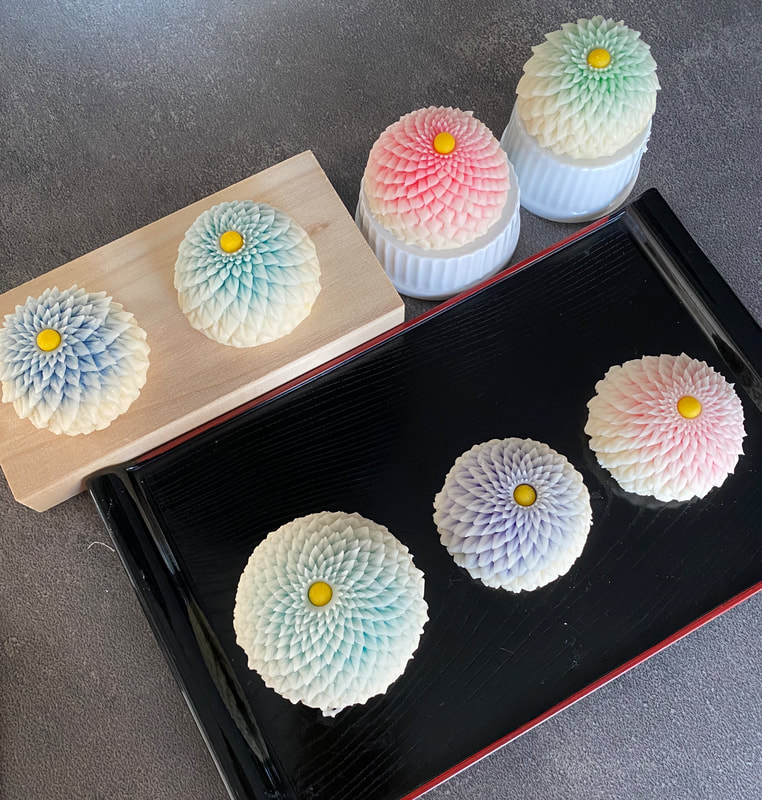

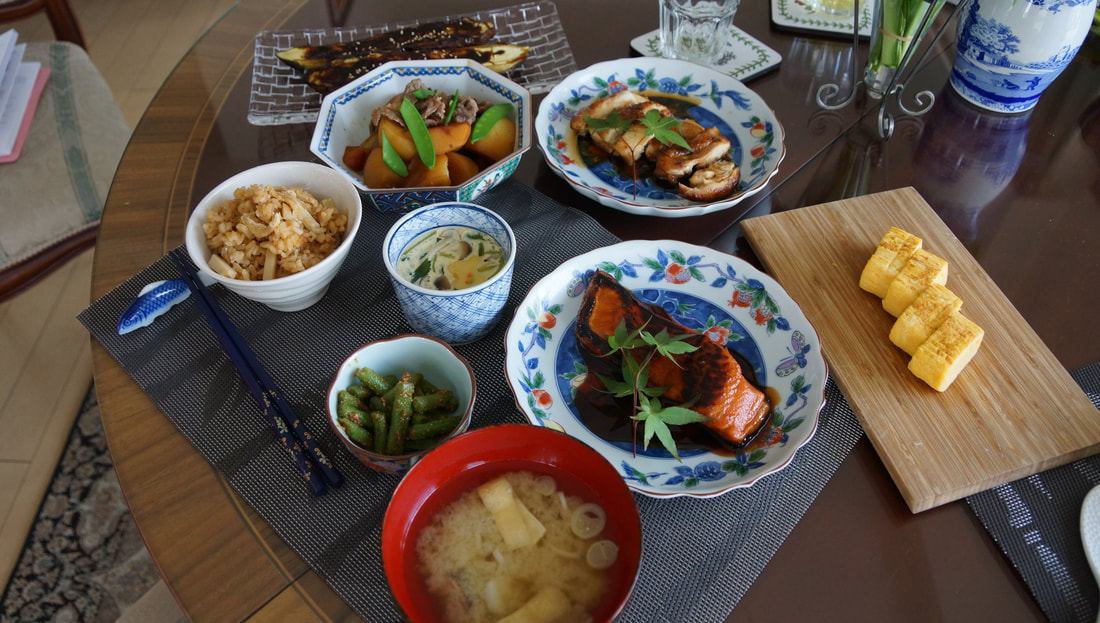



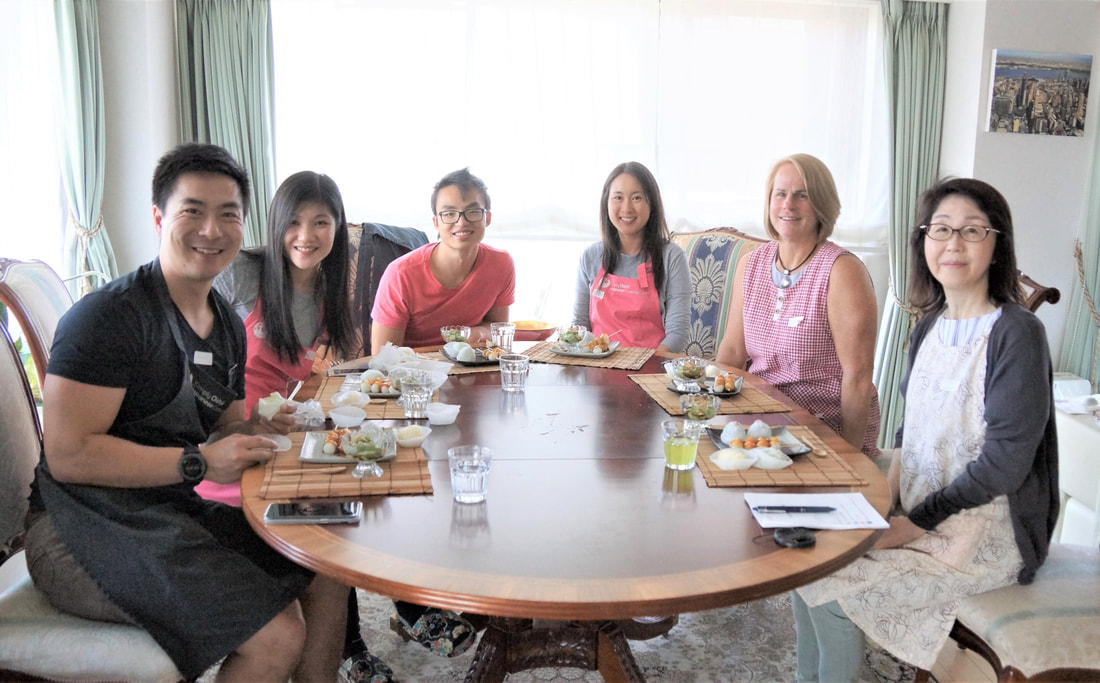

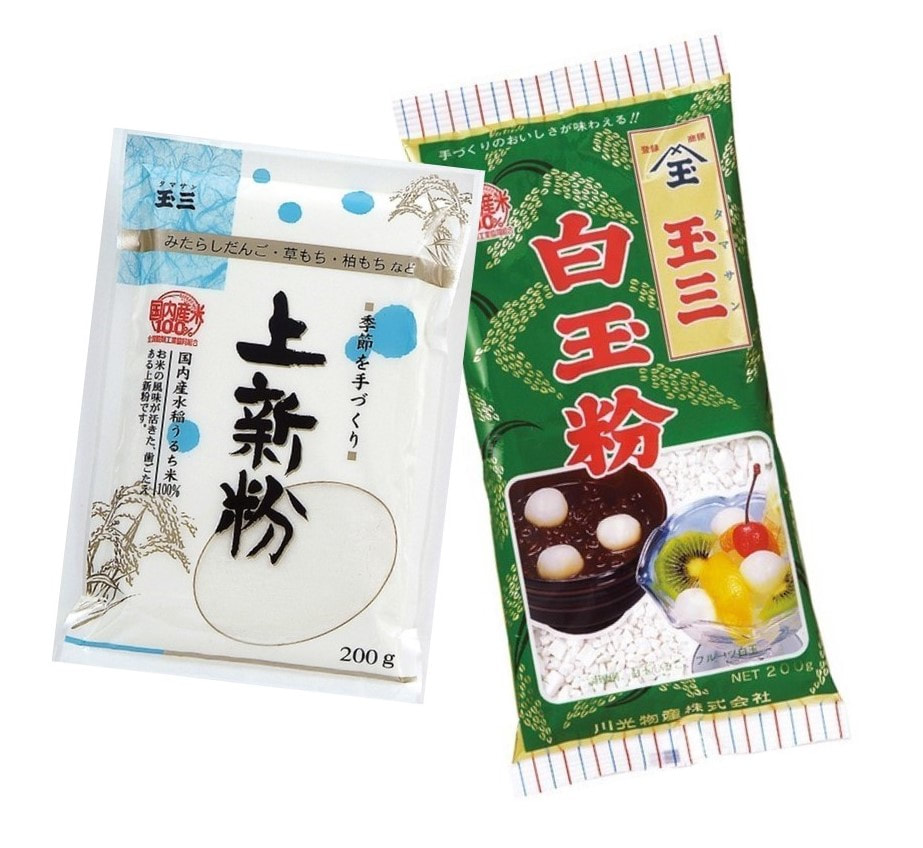

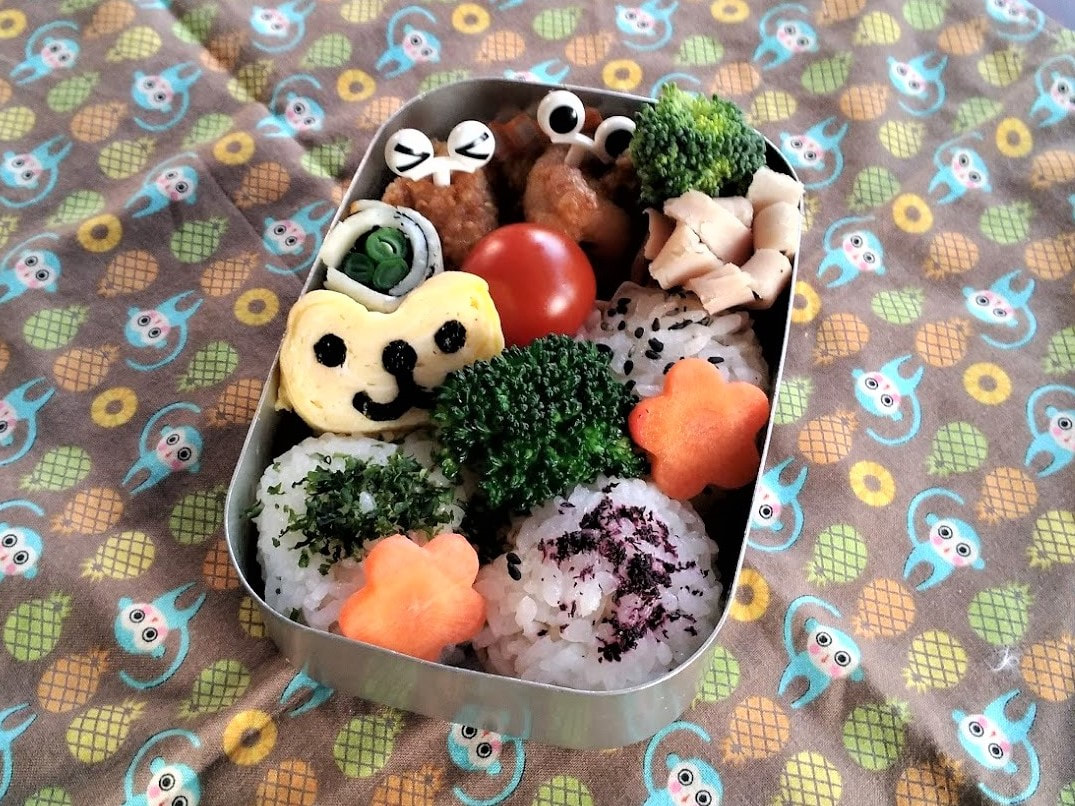
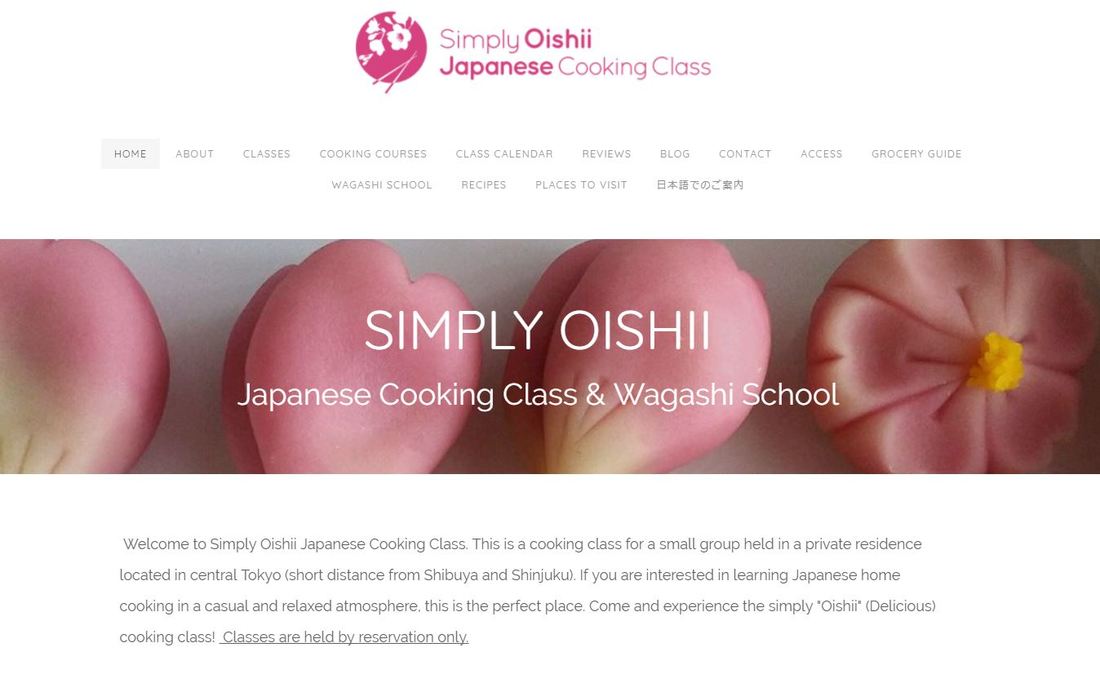

 RSS Feed
RSS Feed
